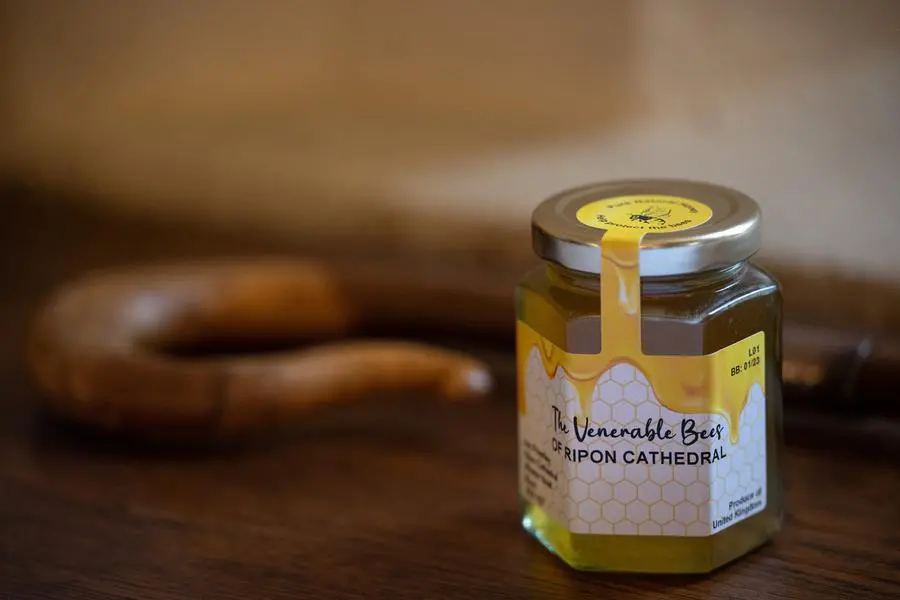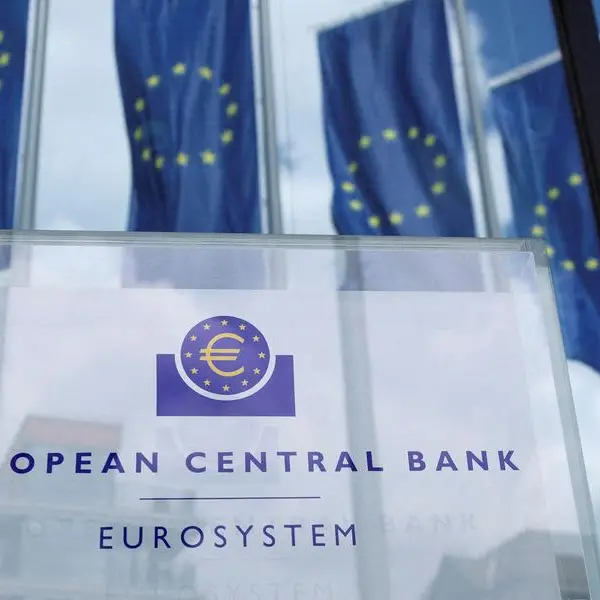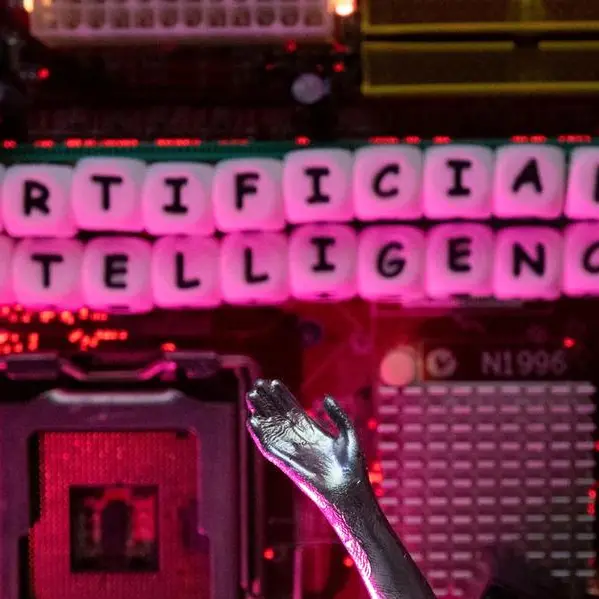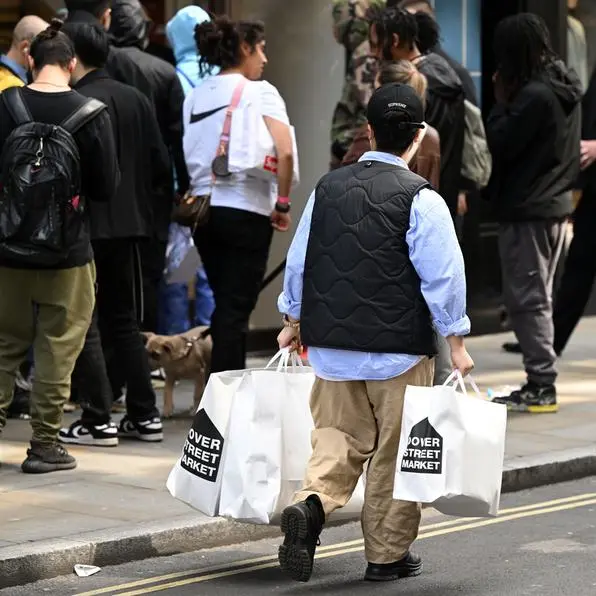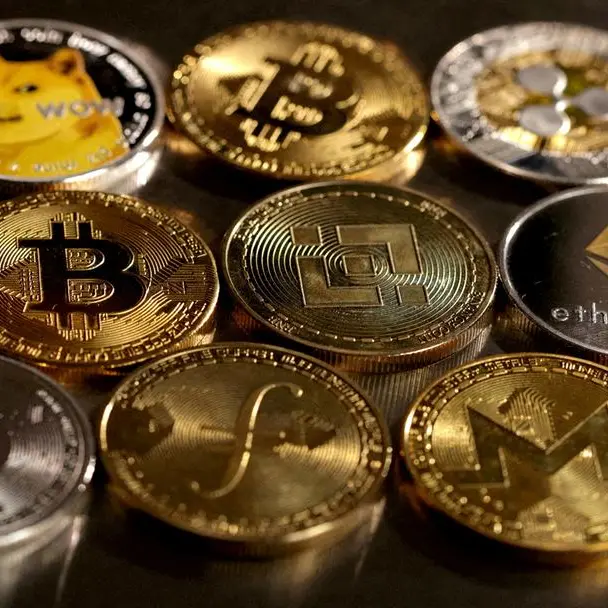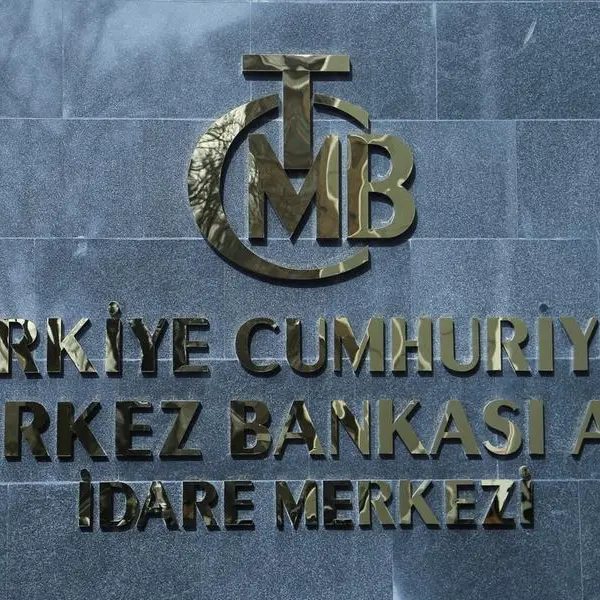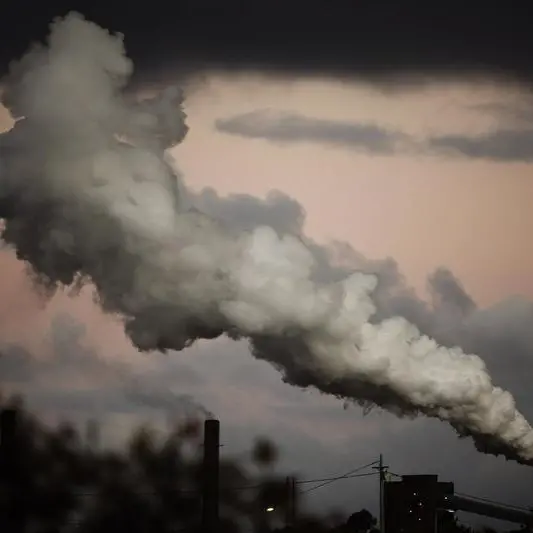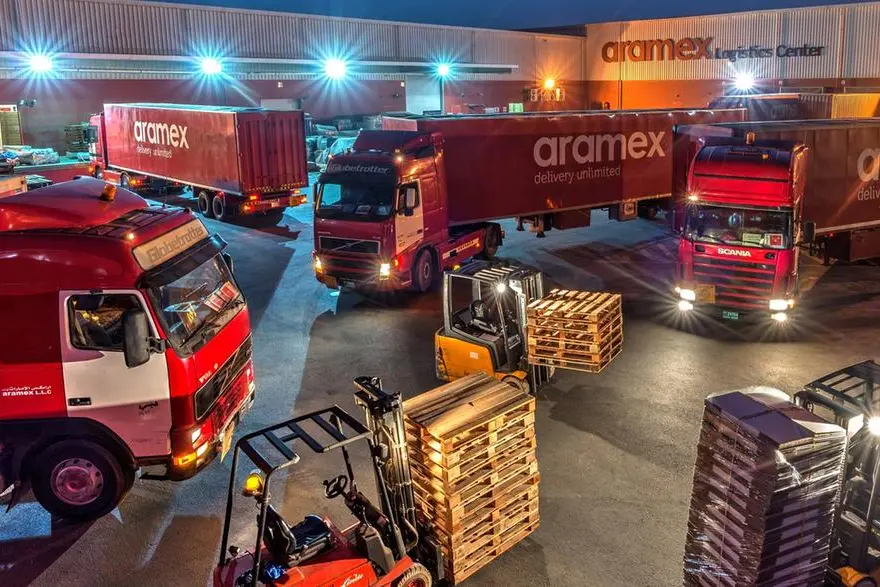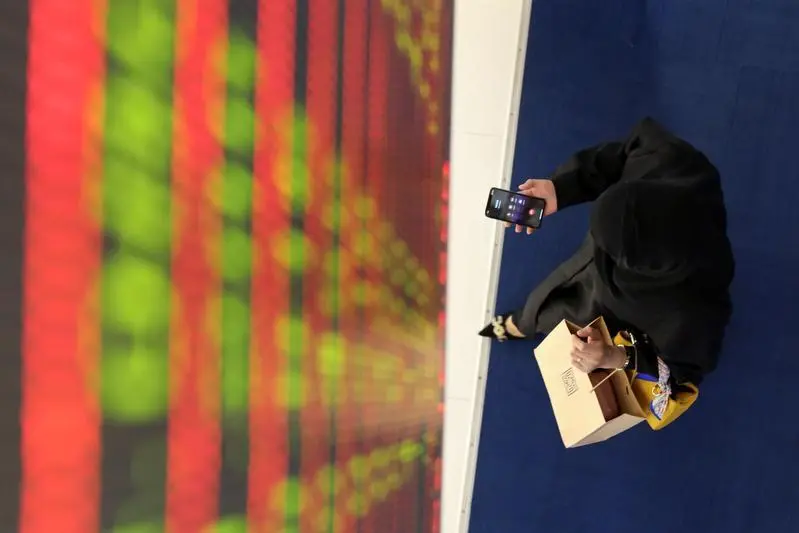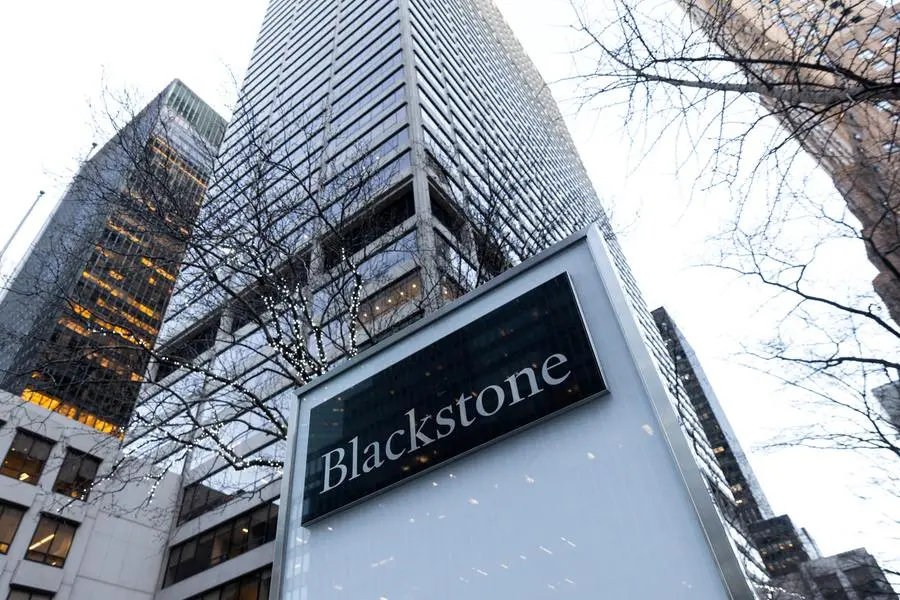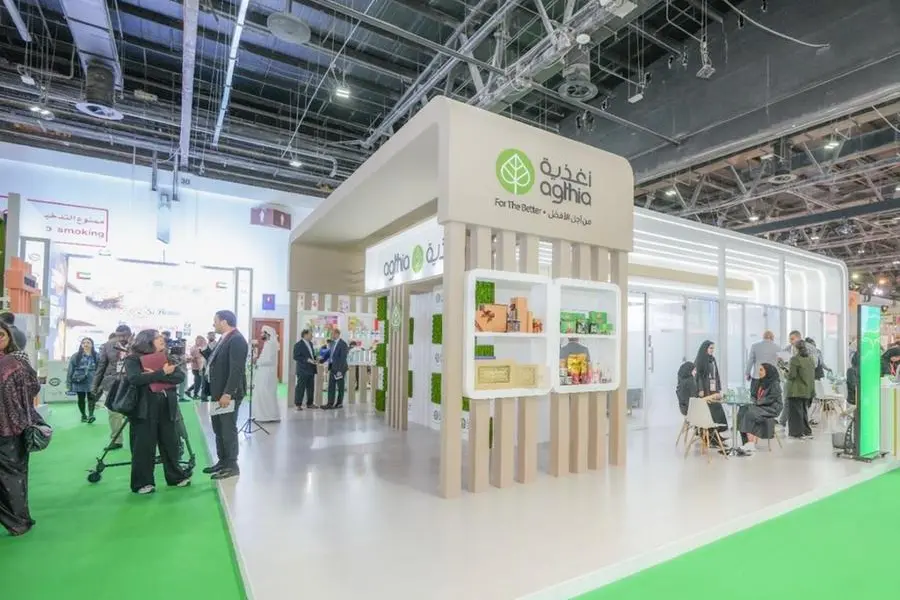PHOTO
A jar of honey made by the bees tended to by Joseph Priestley, a 7th generation beekeeper and Marketing Officer for Ripon Cathedral, and whose hives are located on the roof of Ripon Cathedral in Ripon, northern England on July 7, 2022. The honey from Mr Priestley's bees, branded as 'The Venerable Bees of Ripon Cathedral' is sold in the cathedral shop. (Photo by OLI SCARFF / AFP) Image used for illustrative purpose.
The EU has agreed to change the labelling on honey jars and bottles to make it easier for consumers to know where it comes from -- and if it has been overloaded with added sugar.
The measure, agreed by EU member states and the European Parliament late Tuesday, is part of a packet of revised "breakfast directives" to improve transparency for honey, jams, marmalades and fruit juices.
Once formally adopted, the agreement on honey will replace the current system where labels indicate only whether the honey comes from the European Union or not, said a statement from the parliament.
Instead they will have to specify which country the honey comes from, and the percentage of actual honey from the top four countries of origin.
If the actual honey proportion is less than 50 percent, the percentages have to be given for each country.
The change responds to an alarming analysis from the European Commission in March last year, which found that 46 percent of 320 tested samples from honey jars contained what looked like excessive amounts of cheaper sugared syrup.
Most of the samples from China -- 74 percent -- and all the tested samples imported from Turkey and from Britain were excessively adulterated, according to the study.
To help address the problem, the revised measures call for experts to improve checks to better detect syrup-laden jars sold as honey, and to increase traceability so that honey can be linked back to producers or importers.
For jams and marmalades, the revised "breakfast directives" will evaluate over the next three years if similar transparency measures will be required.
In the meantime, they will impose a rule that each kilogramme of jam or marmalade produced must contain at least 450 grammes of fruit.
For fruit juices, labelling that a product "contains only naturally occurring sugars" will be allowed, and "reduced-sugar fruit juice" will be permitted for reformulated juices if at least 30 percent of naturally occurring sugars have been removed.
